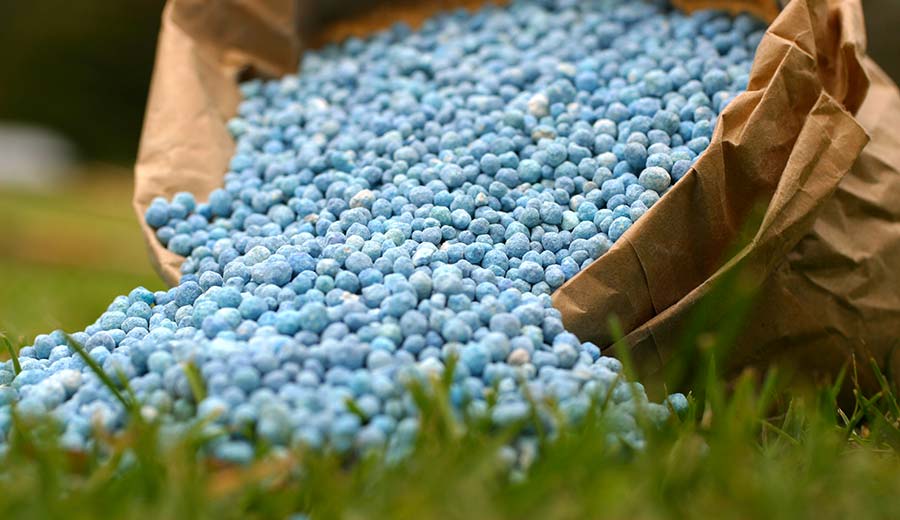RIO DE JANEIRO, BRAZIL – Amid the difficulties of importing due to the scarcity of dollars, and higher prices in the international context, in the new agricultural campaign 2022/2023, almost US$1.6 billion extra will be needed versus 2021 to bring from abroad these basic inputs for the sector.
The data is based on a survey conducted by Grupo Lonja, which comprises various producers in the country. It considers this scenario if last year’s imports are the same as last year and prices are sustained.
In this context, the work analyzes the greater amount of grain producers must allocate in Argentina versus neighboring countries such as Brazil and Uruguay due to withholdings, market interventions, and import difficulties to be able to buy certain fertilizers.

According to the report, in the case of urea fertilizer, it will be necessary to import US$741 million more than last year. For diammonium phosphate, it will be required to spend US$453 million more.
Meanwhile, on the agrochemicals side, in the herbicides area, an additional US$354 million will be needed for glyphosate, US$29.61 million extra for atrazine, and US$17 million more for 2.4D.
Between fertilizers and agrochemicals, an additional US$1.6 billion will be required for foreign products.
“Argentina needs not less imported dollars to produce the same, but more. Compared to last year, there are US$1.6 billion more,” said Santiago del Solar, a producer member of this group and former Chief of Staff of the Ministry of Agriculture during the presidency of Mauricio Macri.
According to Grupo Lonja, in the case of wheat, to buy one ton of diammonium phosphate in Argentina, 590 kg of the cereal are needed more than in Uruguay and 780 kg more than what is required in Brazil.
Continuing with the same crop, to buy a ton of urea fertilizer in Argentina, 550 kg more cereal than in Uruguay and 570 kg more than in Brazil are needed.
In the case of corn, and considering diammonium phosphate, to purchase one ton of diammonium phosphate in the country, 2,460 kilos of the product are required more than in Uruguay and 1,190 kilos more than in Brazil.
Meanwhile, if urea is considered for corn, buying a ton of fertilizer in Argentina takes 1000 kg more corn than in Uruguay and 1700 kg more than in Brazil.
“Argentina competes in the world grain market. The fact that a Brazilian or Uruguayan producer needs fewer tons of wheat or corn gives them a huge comparative advantage. They do not have restrictions to import fertilizers, which makes fertilizer cheaper than ours,” said Del Solar.
He added: “On the other hand, the payment currency to buy fertilizers is corn or wheat. And those products not only have export duties in Argentina, but because they have a balanced volume, the values that reach the producer are lower than if they were in the free market”.
IMPACT
Grupo Lonja’s report also analyzed how much more will have to be imported per product compared to last year.
On urea, it said, “In 2021, 1.54 million tons were imported at the cost of US$837 million, US$503 million more than in 2020. Estimating that for 2022 the same amount imported as in 2021 is maintained and taking the current price, the cost amounts to US$1.6 billion, US$741 million more than in 2021″.
Regarding diammonium, the report detailed: “In 2021, 941,400 tons were imported at the cost of US$594 million, US$262 million more than in 2020. Estimating that for 2022 the same amount imported as in 2021 is maintained and taking the current price, the cost amounts to US$1047 million, US$453 million more than in 2021″.
In agrochemicals, for glyphosate, the cost of the new campaign will amount to US$711 million, US$354 million more than in 2021. In atrazine, the cost linked to imports will climb to US$72 million, US$29.6 million more than in 2021.
Finally, with US$51 million of imports, in 2.4D, an additional import of US$17 million will be required.
“Companies can import only 5% more than last year [in dollars], so the quantities to be imported of these basic inputs will be less; it will be reflected in lower production, unfortunately. We are in serious problems concerning the campaign,” it evaluated.
With information from La Nación

